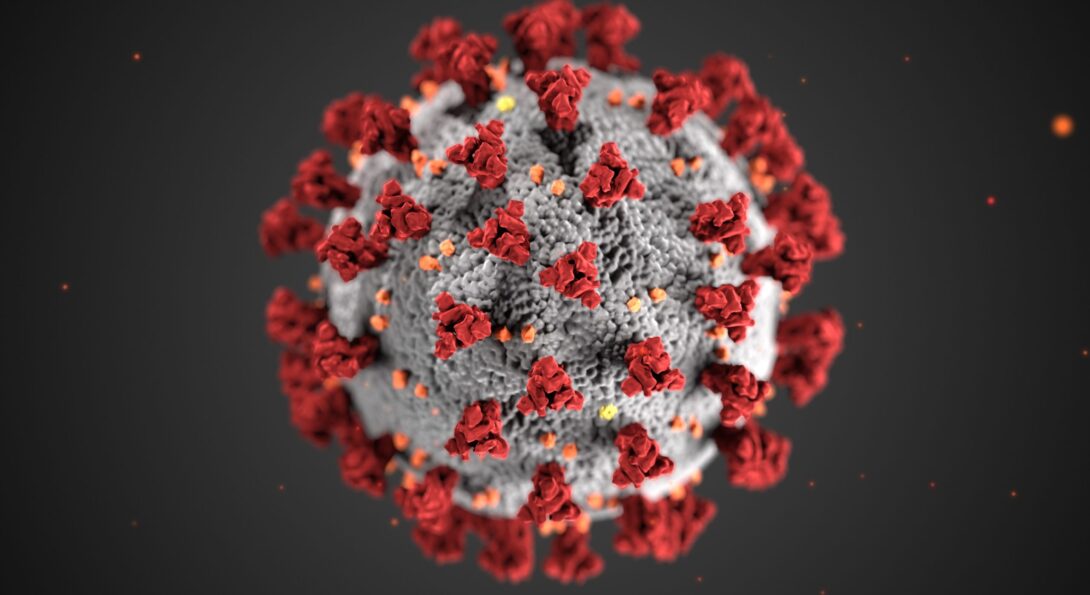World renowned rendering

Introduction
Dan Higgins ’03 MS BVIS may be the only AHS grad to see his work published millions of times around the world, online and in print, on talk shows and network news—even on “Saturday Night Live.”
Higgins is co-creator of an illustration of the COVID-19 virus seen virtually everywhere since it was released by the Centers for Disease Control and Prevention in late January.
“I had no idea that the project was going to take off like it did,” says Higgins, a CDC visual information specialist since 2002. “We were taken aback when it started showing up on talk shows, major news networks and on the cover of magazines.”
Higgins and colleague Alissa Eckert had about a week to create the illustration that would become the face of the pandemic, working with a team that included epidemiologists and virologists, public health communication specialists and web developers.
“More than just a beauty shot, it had to express the seriousness of the situation but not terrify the public,” he says.
His BVIS studies helped him hit the ground running.